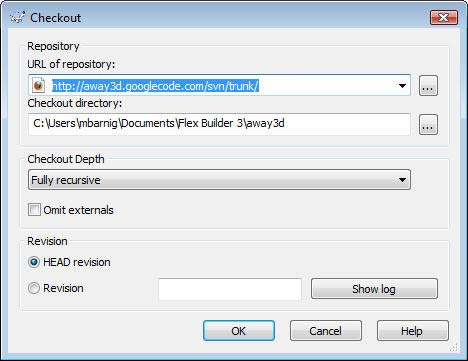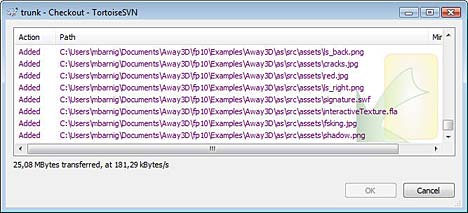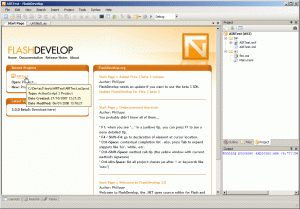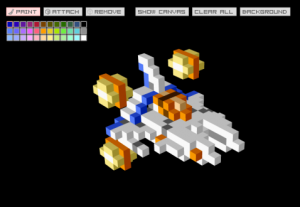last update : January 30, 2013
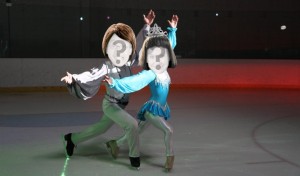
JibJab Starring You Skating
JibJab, an online humor site with original and user generated jokes, live videos, flash and other animated videos, is run by the digital entertainment studio JibJab based in Venice, California. Founded in 1999 by Evan and Gregg Spiridellis, the company achieved international acclaim during the 2004 US presidential election when their video of George W. Bush and John Kerry singing This Land is Your Land became one of the biggest viral video hits in history. More details are available at Wikipedia and on the JibJab Blog.
The HeadCut Tool of the video application JibJab Starring You, with which the user can cut head and jaw, and generate relevant graphic files, was produced by Filippo Gregoretti, an italian born ActionScript developer and New Media consultant. His blog pippoflash.com was developed to showcase his work, but especially to provide help or give inspiration to all those out there who love the creativity allowed by ActionScript and Flash.
Filippo Gregoretti’s other love of his life is the Piano, he perform internationally as pianist.
To start with jibjab, yoiu can subscribe for a free membership. In order to personalize and send exclusive content, you will need to purchase a Membership (12 $ per year). With a Membership, you get access to exclusive eCards & videos!, make unlimited Starring You! movies, share unlimited JibJab Sendables eCards, get discounts on digital downloads, are the first to know about new releases and support great artists!
The videos are available in two formats for download (1,99$ per video for members):
mpg:
video : MPEG-PS, MPEG Video version 1, 425 x 319 pixels, 24 frames/s, ratio 4:3, 4.985 kbps;
audio : MPEG Audio Version 1, Layer 2, 44,1 KHz, 2 channels, 160 kbps;
mp4:
video : MPEG-4 (Base Media), Visual Simple&LG1, 425 x 319 pixels, 24 frames/s, ratio 4:3, 2.275 kbps;
audio : AAC (Version 4 LC), 44,1 KHz, 2 channels, 152 kbps;


